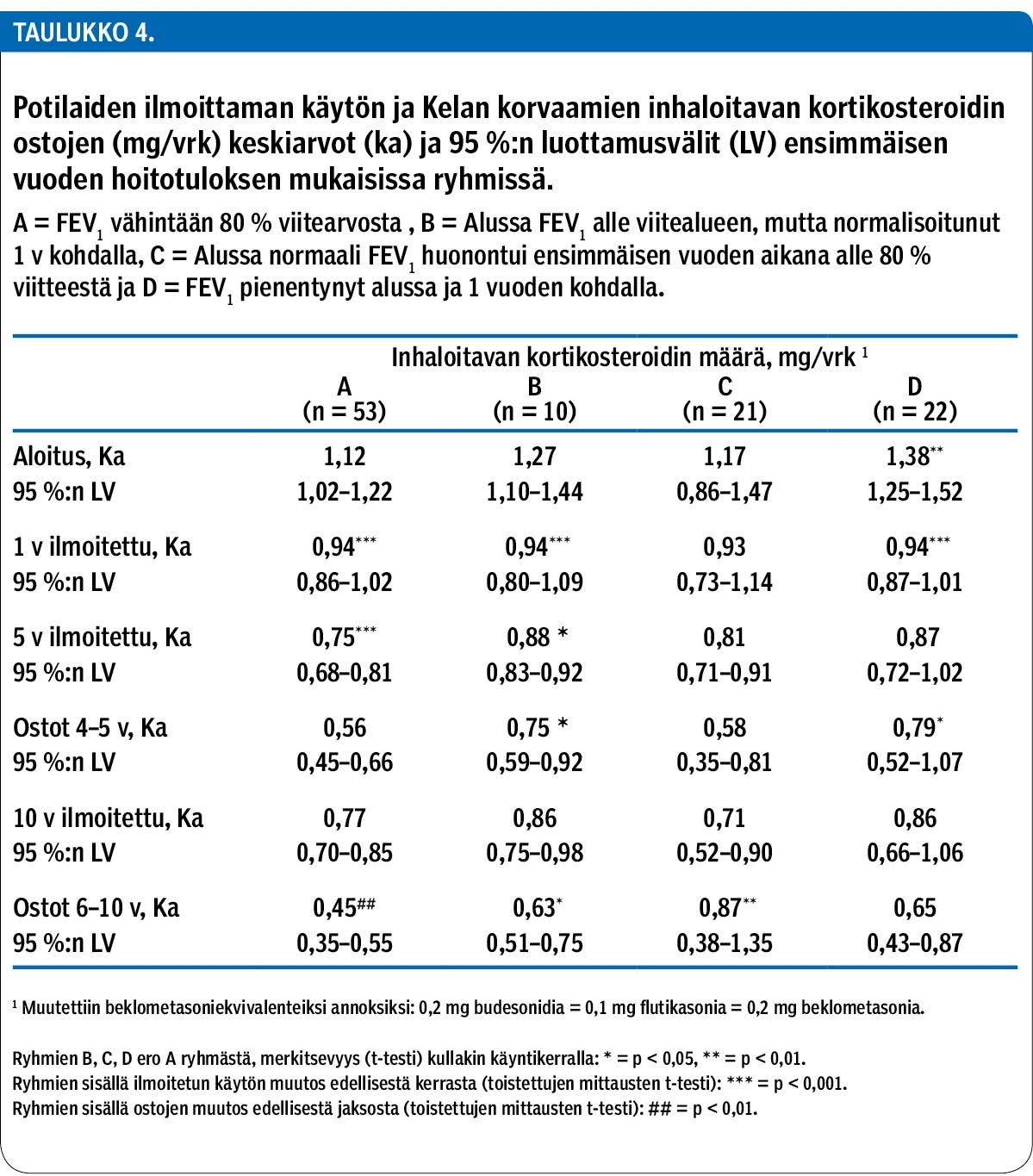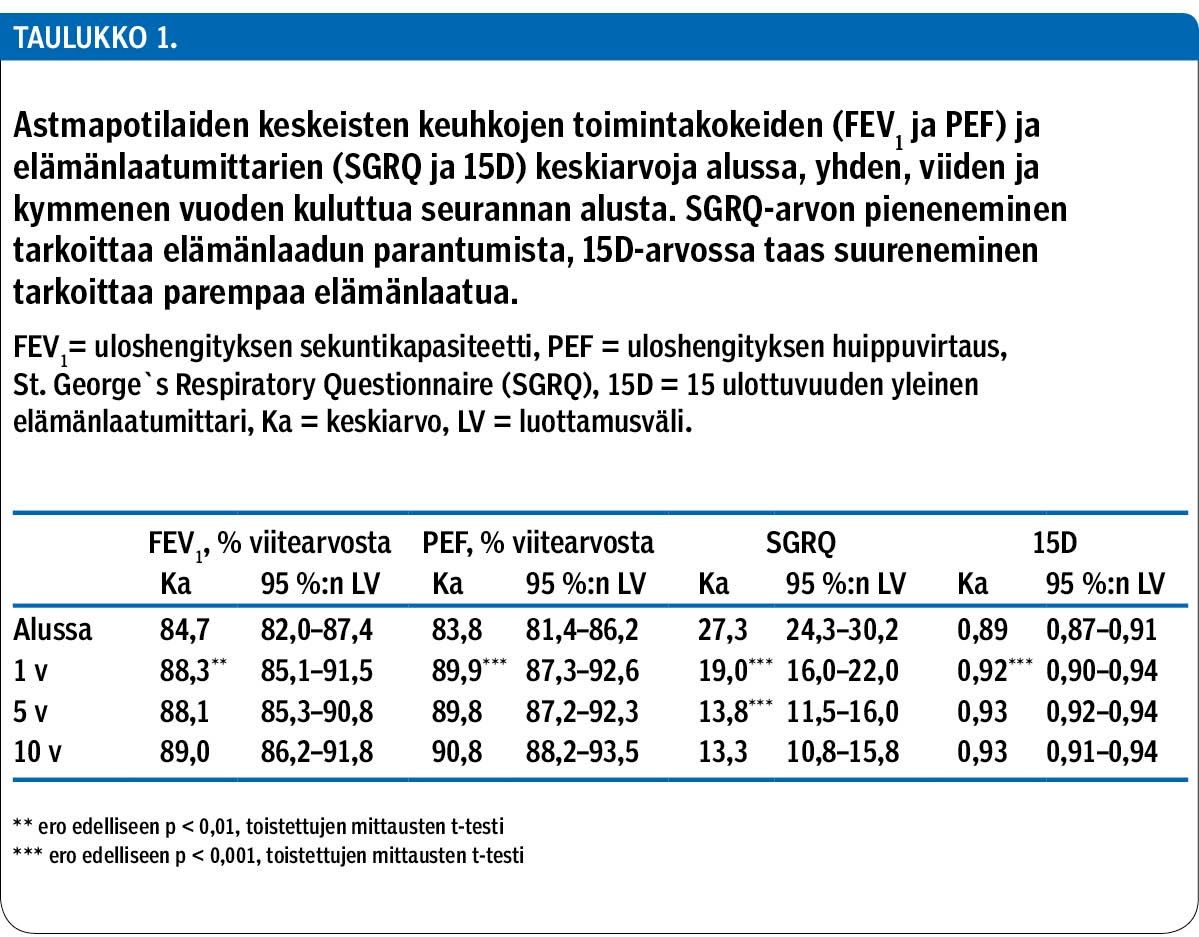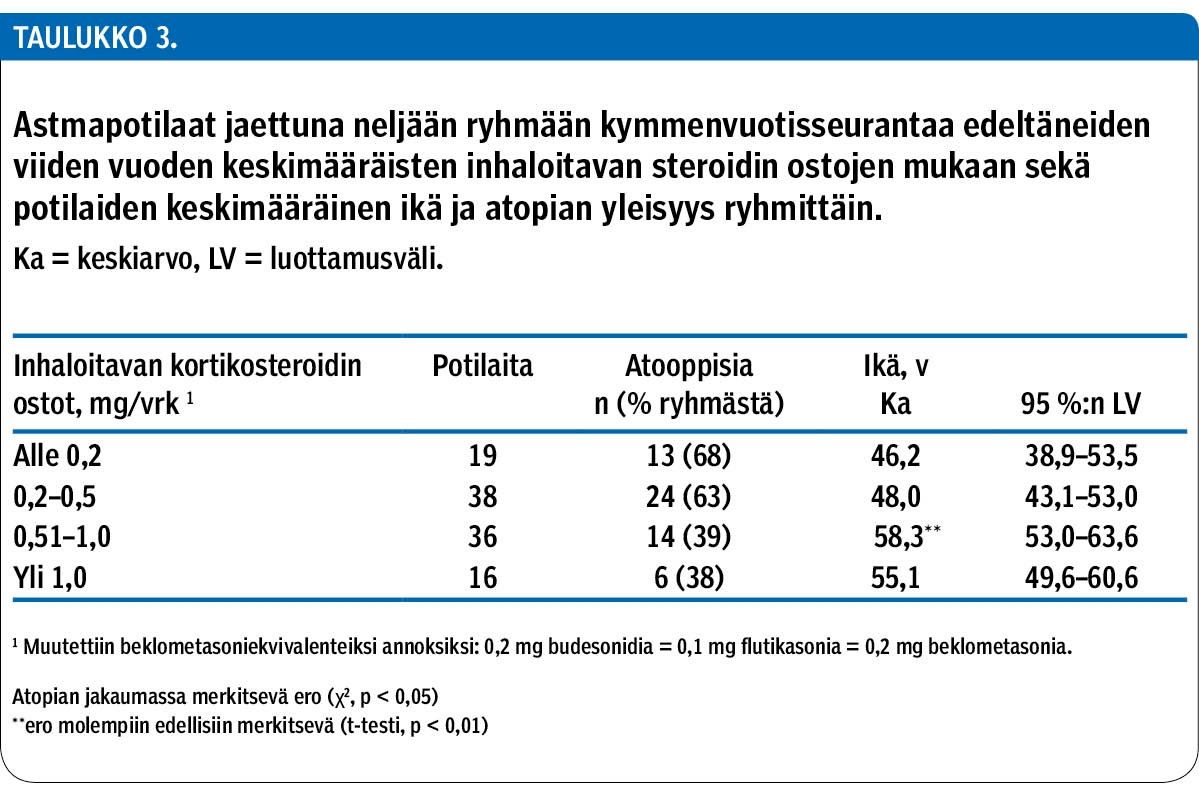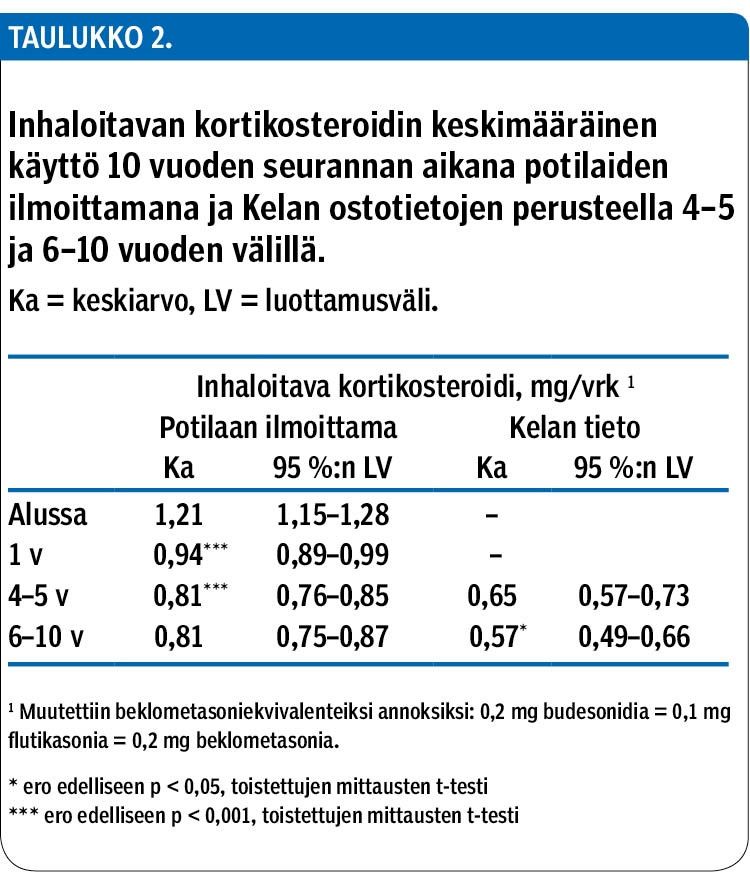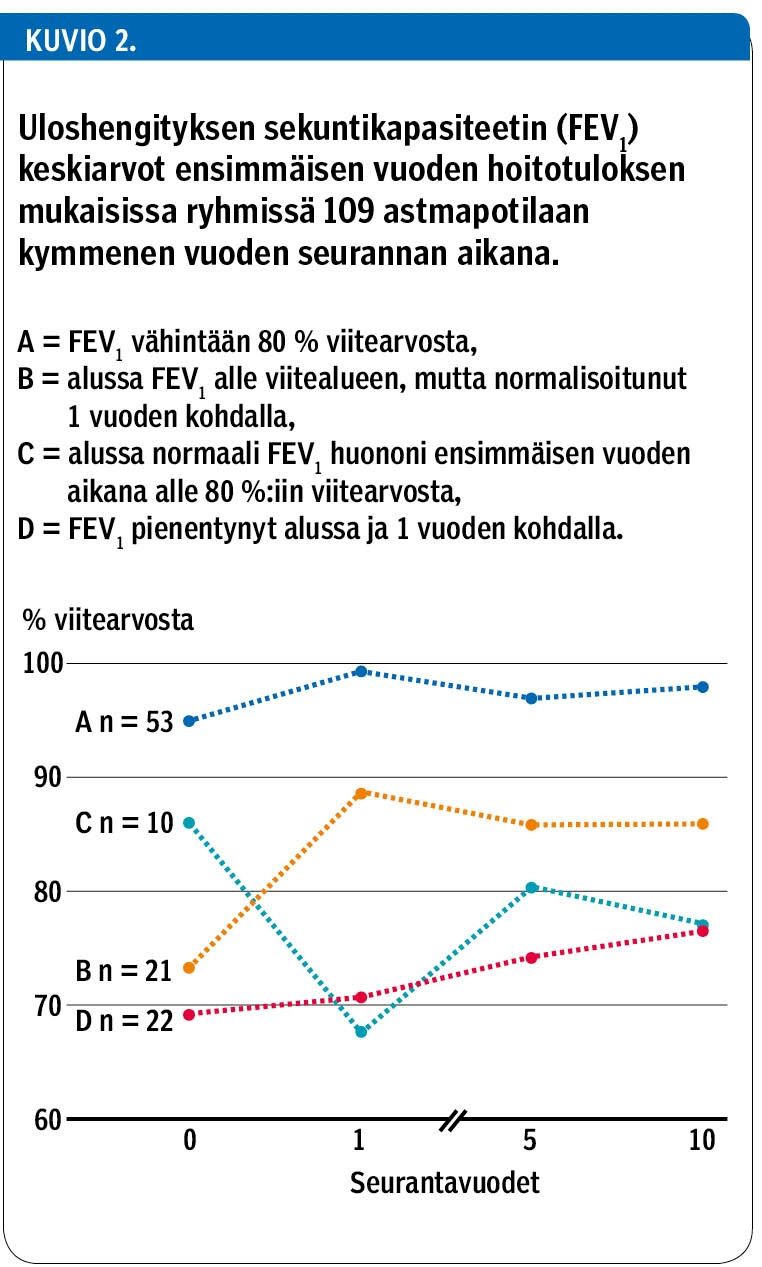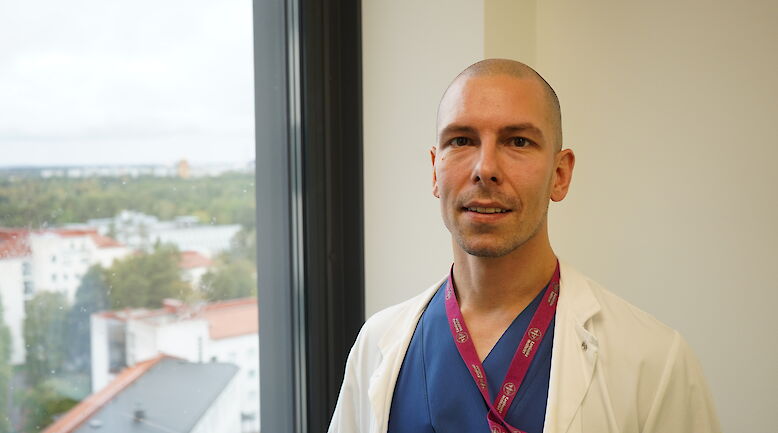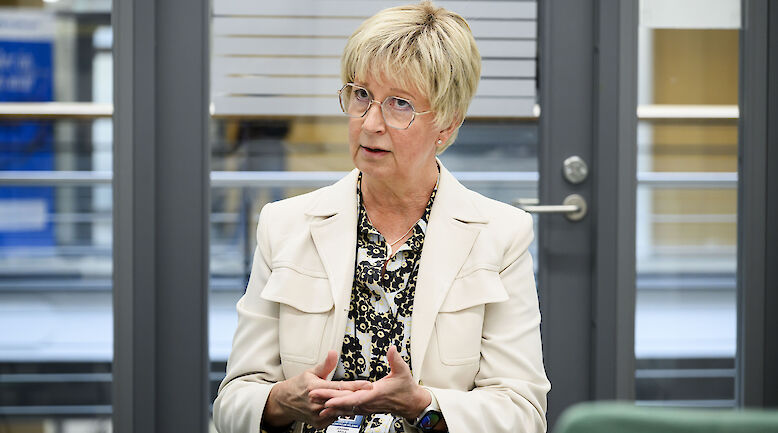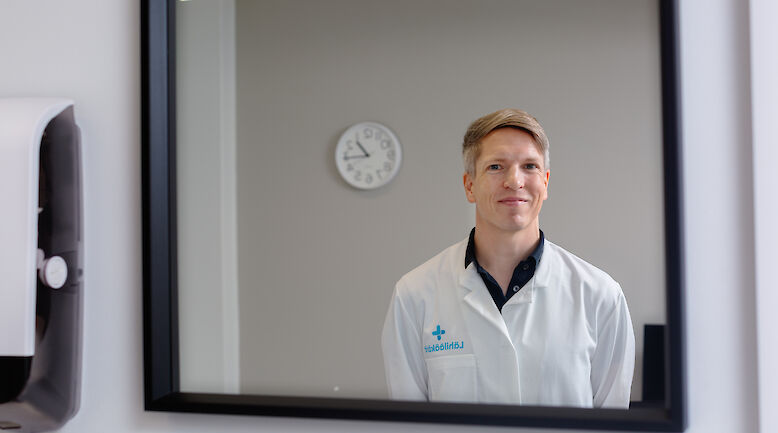Is the first treatment year crucial for the prognosis of newly diagnosed adult onset asthma patients? Ten-year follow-up study.

Background
Inhaled corticosteroids (ICS) have been the basic asthma treatment for more than thirty years. During that time, the prognosis of asthma has improved. However, few long-term studies have been published about asthma patients’ real use of ICS. In this study we correlated the clinical 10-year follow-up results to the asthma drugs used according to the information given by the patients and to the data received from the Social Insurance Institution of Finland (Kela) concerning the drugs bought during the last seven follow-up years.
Methods
The material included those consecutive, newly diagnosed asthma patients participating in the ten-year study whose asthma drug purchase data had been submitted to Kela (n = 109). The clinical parameters included spirometry, peak flow measurements, disease specific quality of life (St George’s respiratory questionnaire) and general quality of life 15D (15 dimensions). Using the data collected at the final visit the control of asthma was estimated according to the Global Initiative for Asthma (GINA).
Results
The lung function parameters were good (mean > 80% of normal values). The long-term asthma lung function prognosis could be estimated from the FEV1 values at the beginning of treatment and after one year of treatment, as well as from the patient’s smoking habit.
The treatment results did not correlate with the ICS used. The amount of ICS used decreased during the follow-up, and during the last 12 months was on average 0.44 mg beclomethasone/day (95% CI 0.37–0.51). The patients communicated a greater use of ICS than that verified according to the data from Kela. The difference was significant during the last 12 months (p < 0.001). The patients used short-acting sympathomimetics, with a mean of 1.26 doses/day (95% CI 0.91–1.61). Long-acting sympathomimetics were not available before the fourth treatment year, and 37 patients used them with an average of 0.84 doses/day (95% CI 0.61–1.06). At the end of the follow-up, asthma was controlled (GINA 2008) in 23% (25 patients), partly controlled in 52% (57 patients), and not in control in 25% (27 patients) of the patients.
Conclusions
The long-term treatment outcome of a new adult asthma patient could be estimated from the change of FEV1 during the first treatment year and the patient’s smoking habit. As such, control at the end of the first treatment year is important, and the treatment schedule should be re-evaluated if the FEV1 has not improved. It is also important to determine the real doses of asthma drugs used. If the prognosis of the later treatment results seems to predict difficult asthma, there is reason to revise the treatment programme and to consult a specialist clinic if needed.
